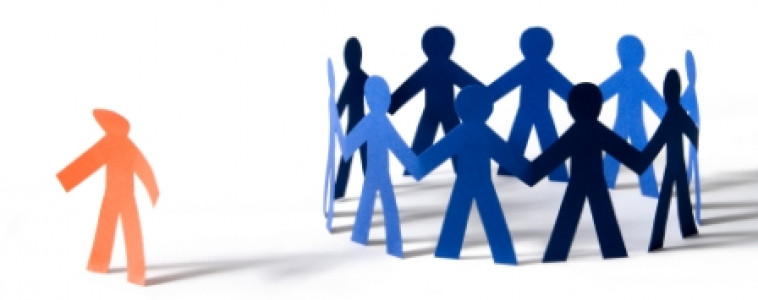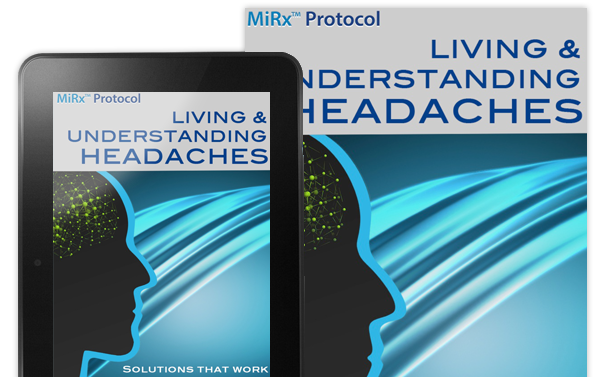The Social Stigma of Migraines

Many people suffering health conditions know the pain of the medical disorder is only one source of frustration. Frequently coworkers, loved ones, and other individuals treat patients negatively based on the health situation. Migraine stigma – poor perception based on an individual's susceptibility to excruciating headaches – is incredibly common, as suggested by a study released in 2013.
Social stigma itself is disregard for someone based on any characteristic that doesn't conform with social standards. The study was conducted by researchers at Thomas Jefferson University and published in PLOS One, the academic journal of the Public Library of Science. It specifically looked at migraines and social situations, compared to epilepsy and the same environments. The findings show that there can be severe consequences for having either of the two diseases – personal, professional, and psychological.
The source of migraine stigma
The negative feelings toward those suffering from migraines would seem to be not just illogical but unconscionable. Stigmatization seems to imply that the migraineur is at fault for the health issue, which is both atypical to our normative health attitudes (for example, it's not acceptable to make a cancer patient feel guilty for her diagnosis) and hurtful.
The challenging connection between migraines and social situations, the study found, is primarily rooted in difficulties related to employment. Migraine has worse consequences on an individual's career than does epilepsy, in most situations. The stigma becomes worse in the case of migraine because it incapacitates the person. People who suffer migraines can be so impaired by the pain that they become nonfunctional. If the individual were not disabled in the case of migraine, stigmatization of epileptics and chronic migraineurs would be equivalent (while consequences for occasional migraines are not as extreme).
Stigma relief & migraine relief
The study was conducted over the course of 21 months. A total of 308 people were interviewed, with 246 suffering from migraines and the remainder experiencing epilepsy. Epilepsy was used to gauge the social consequences of migraine due to the long and well-documented history of epilepsy stigmatization.
Migraine is often viewed as a simple headache to conquer with basic willpower. However, many of those with migraines are incapable of working (in fact, 1 out of every 4 patients treated by the study's author). Stigma adds insult to injury, but migraine relief represents the first step to recovery. The MiRx Protocol recognizes that migraine is a sophisticated disease, targeting it with a dual strategy praised by doctors and patients alike.
Sources:
(1) http://www.sciencedaily.com/releases/2013/01/130117084641.htm



